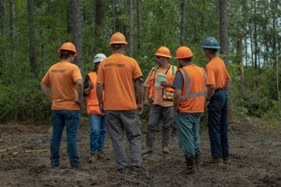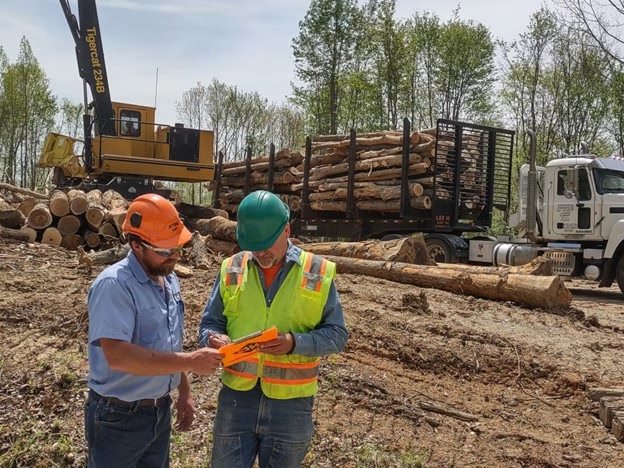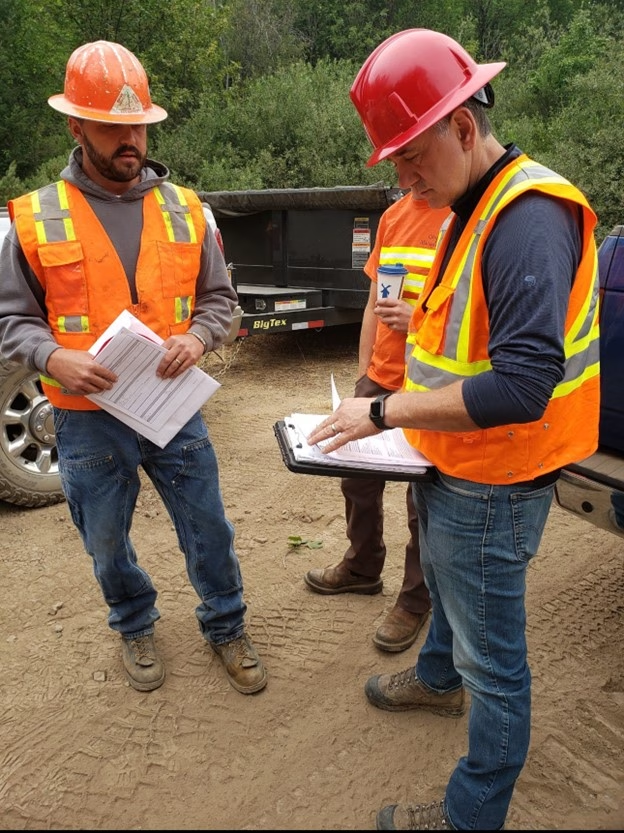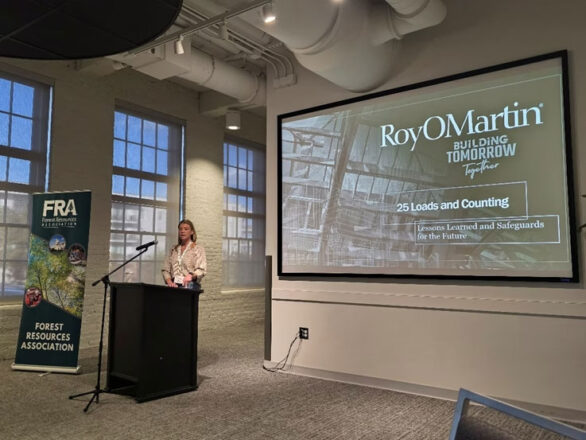Building a Stronger Workforce and Business by Making Safety a Core Value

In the forest industry, safety is a core value—not just a policy or priority.
When safety is deeply embedded into your organization’s culture, it transcends rules and regulations. It becomes a fundamental expression of how you care for your people. And when you genuinely value your employees’ well-being, everything falls into place.
The impact of serious injuries or fatalities cannot be overstated. They affect not only the individuals involved but also their coworkers, families, and the business’s overall success. The ripple effects can be devastating. When an accident occurs, the cost goes beyond just medical bills and workers’ compensation claims—it touches the heart of your company’s operations, morale, and reputation.

The Ripple Effects of Accidents
Accidents impact more than just the person injured; they affect the entire team. The emotional toll, the disruption of work schedules, the need to replace lost productivity, and the strain on resources can create a domino effect that takes months, or even years, to recover fully.
Moreover, when a safety incident occurs, it can erode trust and confidence within the workforce. This can lead to disengagement, higher turnover, and a negative company culture. On the other hand, fostering an environment where safety is a core value sends a powerful message that employees matter beyond their roles as workers—they are integral to the success of the business.
Don’t Wait for an Incident: Show You Care Now
The adage “don’t wait for an accident to show you care” rings especially true in the forestry industry. You don’t have to wait for a safety incident before changing. By taking proactive steps to instill a safety culture, you demonstrate your commitment to employee well-being long before anyone gets hurt.

How to Make Safety a Core Value
- Embed Safety in Your Culture:
Safety should be more than a set of written policies or checklists. It should be woven into the daily fabric of your organization’s operations. Start by making safety discussions a regular part of team meetings and day-to-day activities. When leaders prioritize safety, it sets the tone for everyone in the organization.
- Use Simple, Actionable Tools:
Minor adjustments, like the 3 D’s—Difficult, Dangerous, and Different—can be a helpful lens for assessing work tasks. When something falls into one of these categories, it should trigger an automatic risk assessment and a safety check. This process encourages workers to pause, think, and evaluate the potential risks before proceeding.
The Take 5 Assessment is another simple tool that encourages employees to “Take 5” minutes to assess their surroundings before beginning any task. Asking key questions like “What are the hazards? How can I mitigate them? What’s my plan if something goes wrong?” allows workers to prepare and reduce risks.
- Promote Open Communication:
Safety is a two-way street. Encourage employees at all levels to speak up if they notice safety concerns. Creating an environment where workers feel comfortable sharing their thoughts without fear of retribution or judgment fosters a sense of ownership in the safety culture. The more they feel valued, the more engaged they will be in preventing accidents.
- Provide Regular Safety Training and Refresher Courses:
Continuous education is crucial in any industry, especially in high-risk environments like forestry. Regular safety training and refresher courses ensure that employees are always prepared for new challenges, technologies, and changing conditions in the field. This also reinforces that safety is an ongoing priority, not just a one-time lesson.
- Recognize and Reward Safety Efforts:
Recognition plays a huge role in building morale and reinforcing positive behaviors. Acknowledge employees who go above and beyond to promote safety or demonstrate a strong commitment to following safety protocols. This motivates the individual and sets a standard for others to follow.
When Safety Becomes a Core Value, the Business Thrives
When safety is a core value, it becomes an integral part of your business strategy. It isn’t just about compliance—it’s about creating a culture of care that ultimately enhances productivity, employee engagement, and retention. Employees who feel valued and supported in their safety efforts are likelier to be engaged, loyal, and productive.
A safe work environment also helps protect your bottom line. Reducing the number of workplace injuries or fatalities lowers workers’ compensation costs and reduces the financial impact of lost productivity. The long-term benefits to employees and the business far outweigh the cost of investing in safety initiatives.
Ultimately, when safety becomes part of your company’s DNA, everyone wins. You avoid the costly consequences of accidents and foster a culture of trust and loyalty that leads to stronger, more sustainable business growth.
Make safety a core value today. Your employees will thank you—and so will your business.

